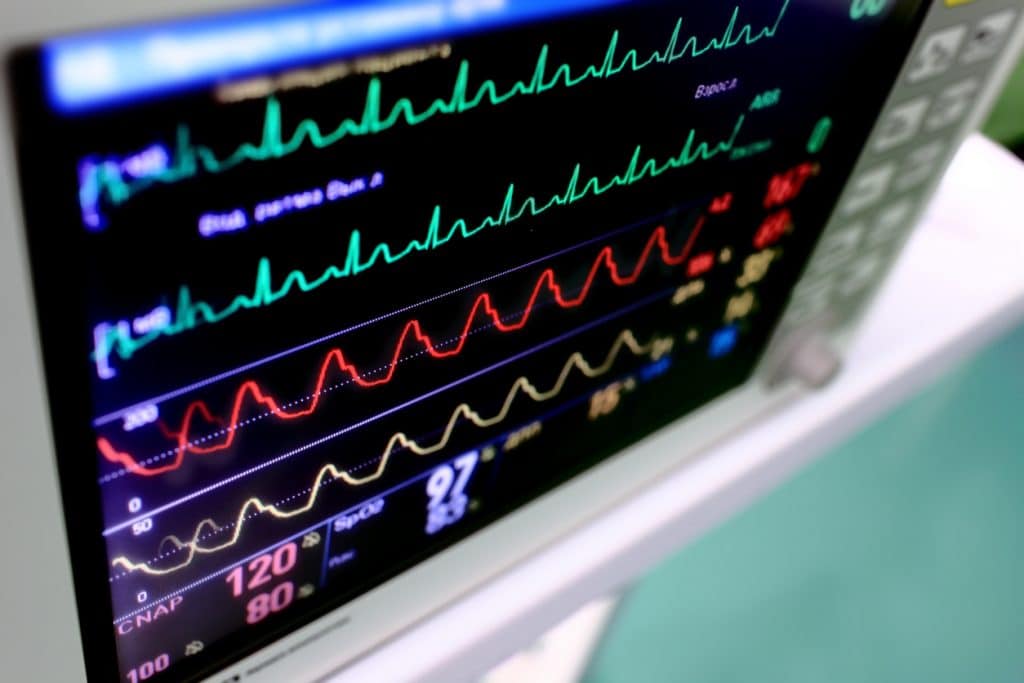The Hemodynamic Effect of Different Left Ventricular Unloading Techniques During Veno-Arterial Extracorporeal Life Support: a Systematic Review and Meta-Analysis

Background
Pulmonary edema and left ventricular thrombosis may arise during veno-arterial extracorporeal life support due to an increase in cardiac load. This mechanical stress can be reduced through different left ventricular unloading techniques. We set out to quantitatively summarize the hemodynamic effects of available methods in patients treated with veno-arterial extracorporeal life support.
Methods
Literature was systematically searched for studies reporting left ventricular unloading during veno-arterial extracorporeal life support as reflected by changes in left atrial pressure, pulmonary capillary wedge pressure, diastolic pulmonary artery pressure, or left ventricular end-diastolic pressure. For studies including ⩾10 patients per group, changes in these parameters were pooled using (1) standardized mean differences and (2) ratio of means. Assessment of potential bias was performed for all studies.
Results
Eight studies met the inclusion criteria. Reported techniques included use of intra-aortic balloon pump (n = 1), micro-axial blood pump (Impella®, n = 2), left ventricular venting (n = 1), and atrial septostomy (n = 4). Overall, left ventricular unloading was associated with a statistically significant reduction in preload parameters (standardized mean differences = −1.05 (95% confidence interval = −1.24 to −0.86) and ratio of means = 0.60 (0.47 to 0.76)). Effect sizes were strongest for micro-axial blood pump and atrial septostomy (standardized mean differences = −1.11 (−1.55 to −0.68) and −1.22 (−1.47 to −0.96), and ratio of means = 0.58 (0.39 to 0.86) and 0.54 (0.36 to 0.83), respectively).
Conclusion
Left ventricular unloading was associated with a significant reduction in left ventricular preload parameters in the setting of veno-arterial extracorporeal life support. This effect may be most pronounced for micro-axial blood pump and atrial septostomy.
